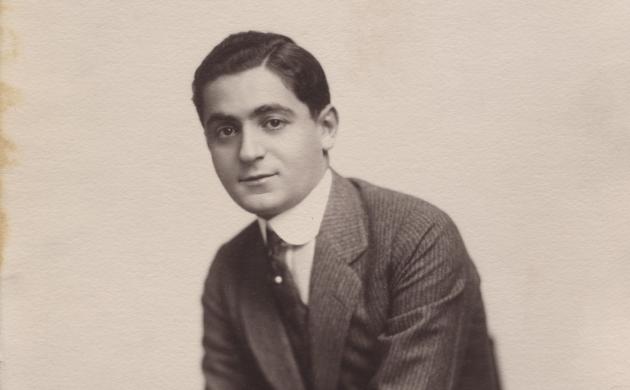The collection of the Red Star Line Museum is unique because it is atypical. After all, the museum didn't emerge from a certain collection, but it's created from the aim of opening up a historical place and giving it meaning for a broad public. The power of the story behind the place is central to this.
The collection is more than a collection of objects and documents. Equally important, if not more so, are the stories, the experience and the emotional charge that give meaning to the material.
At first sight, the historical collection consists of relatively mundane objects such as a suitcase, a ship's ticket, a passport, some photos or postcards. Only the 3rd class passengers had to pass the controls in our buildings. These passengers took items with them that, apart from their emotional or historical significance, did not have a high financial value. The museum keeps these objects because they are linked to a migration story. And it is that story that gives the object value.
Apart from the collection pieces, the story is of great importance in the collection acquisition. Oral history usually serves to further investigate an object and determine its value. For the Red Star Line Museum, however, it is not 'the story behind the object' but 'the object behind the story'.
The people who provide us with these objects and stories are therefore very important. Participation occupies a central place in our collection policy.
The collection itself consists of two major pillars: the maritime collection and the stories of the emigrants who came to Antwerp from all over Europe to take the boat to the New World.
- The maritime collection includes objects linked to the history and operation of the Red Star Line shipping company. This collection documents the transatlantic passenger service from Antwerp, the activities of the ship's crew and agents and the cruises that took place mainly during the interwar period. The collection includes beautiful ship models and belle époque posters and postcards by Henri Cassiers. In total, the museum holds more than 6,000 objects. About 900 are part of the permanent collection. The rest are kept in the best possible conditions in a depot.
- The stories of emigrants. They serve as a starting point for building a broad collection of personal migration heritage that also includes other, more recent waves of migration. The Red Star Line Museum is unique because it is the only museum in Flanders to focus on migration and to have a collection that documents the individual experience of the migration process.
Accessing the collection
Part of the historical visual material from our collection can be consulted in the DAMS application. See Collection online. A number of stories are featured in the permanent exhibition, in temporary exhibitions and in publications. Some can be found on this website: see the Stories page.






